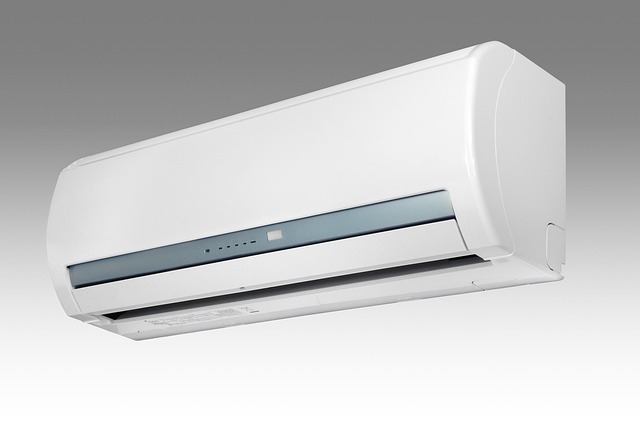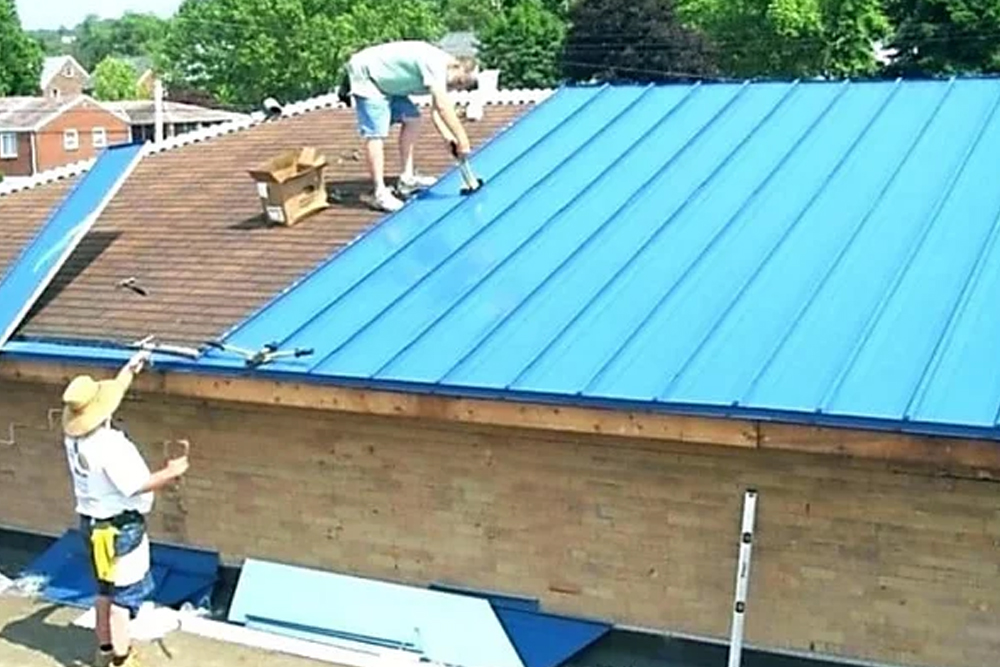Find more Air Conditioners Installation
When summer temperatures soar, a properly installed air conditioning system becomes essential for comfort. Professional air conditioner installation ensures optimal performance, energy efficiency, and system longevity. Understanding the installation process, finding qualified technicians, and knowing what to expect can make the difference between years of reliable cooling and costly repairs.

Air conditioning installation is a complex process that requires technical expertise and proper planning. Whether you’re replacing an outdated unit or installing a brand-new system, professional installation ensures your cooling system operates at peak efficiency. With the right installation, you can enjoy consistent indoor comfort while minimizing energy costs and avoiding premature system failures.
What to Consider Before Air Conditioner Installation
Before scheduling installation services in your area, several factors deserve careful consideration. The size of your home determines the appropriate AC capacity needed for efficient cooling. A professional assessment will include calculating the square footage, evaluating insulation quality, and considering ceiling height. Additionally, your local climate plays a crucial role in determining the ideal system type and capacity. Energy efficiency ratings (SEER) should also factor into your decision, as higher-rated units may cost more initially but deliver significant savings over time. Finally, consider your budget constraints while balancing upfront costs against long-term energy savings and potential rebates from utility companies or government programs.
Types of Air Conditioning Systems Available
Understanding the different types of air conditioning systems helps you make an informed decision about what works best for your specific needs. Central air conditioning systems connect to your home’s ductwork to distribute cool air throughout the entire house. These systems are ideal for larger homes with existing ductwork. Ductless mini-split systems offer flexibility for homes without ductwork or for adding cooling to specific zones. They consist of an outdoor compressor and one or more indoor air-handling units. Window units provide affordable cooling for single rooms but typically offer less efficiency than other options. Portable air conditioners can be moved between rooms but require proper venting. Each system type has distinct advantages depending on your home’s structure, cooling needs, and budget constraints.
The Air Conditioner Installation Process Explained
Professional AC installation services follow a systematic approach to ensure optimal system performance. The process typically begins with a thorough assessment of your home’s cooling needs and existing infrastructure. Technicians will remove old equipment if necessary, then prepare the installation site by ensuring proper electrical connections and structural support. For central air systems, they’ll verify ductwork integrity or install new ducts as needed. The installation team will position the outdoor condensing unit on a level surface with adequate clearance for airflow, then install the indoor evaporator coil in the air handler or furnace. After connecting refrigerant lines and electrical components, they’ll test system pressure, verify proper refrigerant charge, and calibrate the thermostat. A final performance check ensures everything functions correctly before the technicians explain system operation and maintenance requirements.
Choosing a Central Air Installation Company
Selecting the right installation company significantly impacts your air conditioning system’s performance and longevity. Start by verifying that potential companies are properly licensed and insured in your state. Experienced companies should provide detailed written estimates that outline all costs, including equipment, labor, and any necessary modifications to your home. Ask about certifications from manufacturers and industry organizations like NATE (North American Technician Excellence). Review the company’s warranty policies for both equipment and labor. Reliable installation companies offer comprehensive warranties that protect your investment. Additionally, check online reviews and ask for references from past customers. A reputable company will readily provide this information and respond professionally to any concerns or questions.
Cost Factors for Air Conditioner Installation
The cost of air conditioner installation varies significantly based on several key factors. System type and size represent major cost determinants, with central air systems typically requiring the largest investment. Home size and layout affect installation complexity, while existing infrastructure like ductwork can either reduce costs (if in good condition) or add expenses (if repairs or installation are needed). Additional factors include necessary electrical upgrades, the accessibility of installation locations, and seasonal timing.
| Installation Type | Average Cost Range | Factors Affecting Cost |
|---|---|---|
| Central Air System | $3,800 - $7,500 | Home size, ductwork condition, SEER rating |
| Ductless Mini-Split | $2,000 - $7,000 | Number of zones, BTU capacity, brand |
| Window Unit | $150 - $550 | BTU capacity, energy efficiency, features |
| Portable Unit | $250 - $700 | BTU capacity, features, brand |
| Whole-House Fan | $1,000 - $2,000 | Size, brand, installation complexity |
Prices, rates, or cost estimates mentioned in this article are based on the latest available information but may change over time. Independent research is advised before making financial decisions.
Preparing Your Home for Professional Installation
Proper preparation ensures a smooth installation process and helps technicians complete their work efficiently. Start by clearing pathways to both indoor and outdoor installation areas. Remove furniture, decorations, and obstacles that might impede access. For outdoor units, clear at least 3 feet of space around the planned installation site. If replacing an existing system, document how it operates before removal, including thermostat settings and airflow patterns. Secure pets in a separate area to prevent accidents or escapes. Before installation day, ask the company about specific preparations they recommend. Some installations require turning off electrical power to certain circuits, so plan accordingly. Additionally, consider how you’ll keep comfortable during the installation process, especially during extreme weather. Taking these preparatory steps helps ensure a successful installation with minimal disruption to your household.
After installation, schedule regular maintenance to keep your system running efficiently. Change air filters according to manufacturer recommendations, typically every 1-3 months depending on usage and environmental factors. Keep outdoor units clear of debris, leaves, and plant growth that could restrict airflow. Indoor vents should remain unobstructed by furniture or curtains. Consider signing up for annual professional maintenance to catch small issues before they become costly problems. With proper care, your professionally installed air conditioning system will provide reliable comfort for many years to come.



